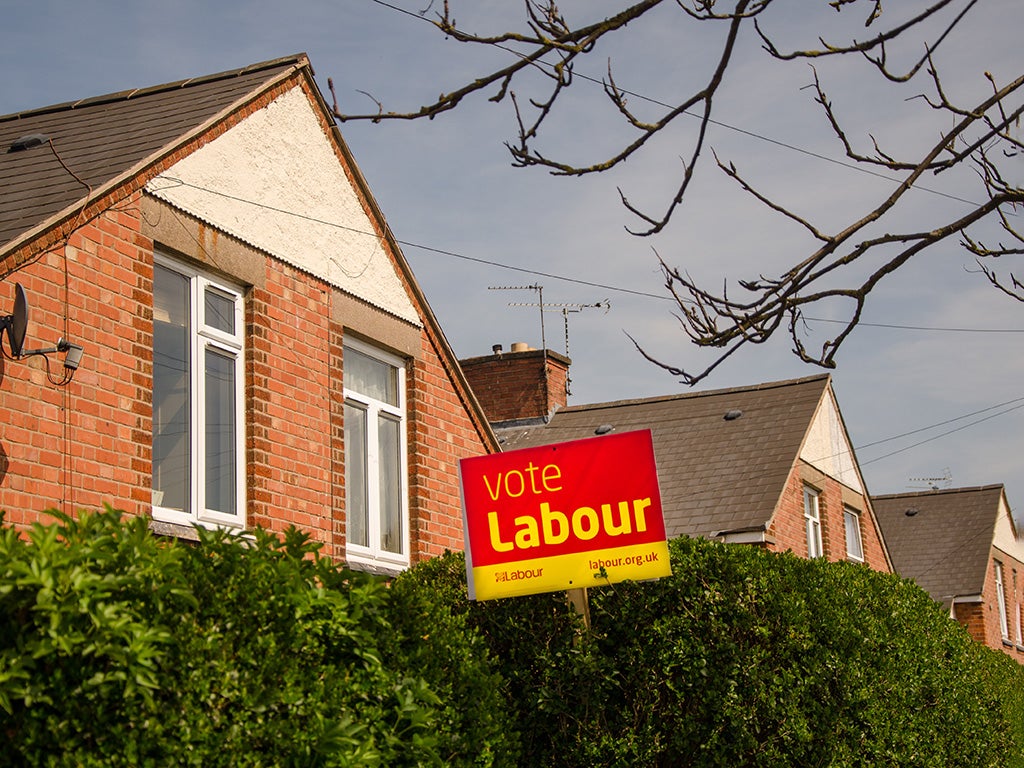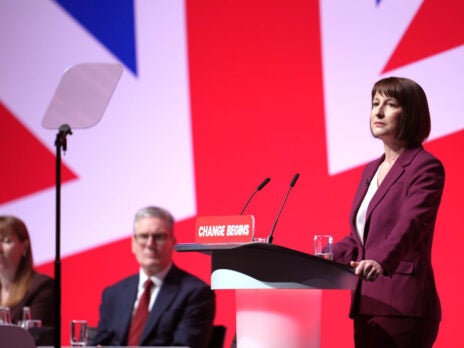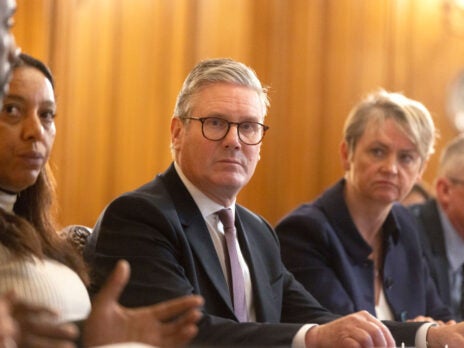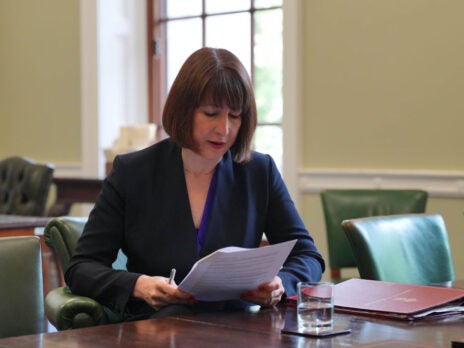
For those blessed with good sense and not permanently logged on to social media, a new election forecast was published this week. The forecast, from the pollster Savanta, suggested Labour would win a 314-seat majority if a general election were held today.
The numbers were striking. As well as an undisputed sea of red in the north the southern English countryside was majority Labour too. Outcomes were forecast in certain seats that seemed a little extreme, if not absurd. Rishi Sunak’s own seat of Richmond in North Yorkshire, where Labour has zero councillors, was projected to go Labour.
I am, naturally, going to be a little cynical about forecasts such as these – as should you. So is Labour really on course for a 314-seat majority?
If you’re pressed for time I’ll do you a service and say my answer, simply, is a big fat no. Savanta’s poll data was pushed through a multi-level regression and poststratification (MRP) model with Electoral Calculus, and MRP is no bad method to employ in forecasting. It’s why every time someone attaches MRP to a model, the likes and shares on social media enter the stratosphere. But going all out with MRP on a sample size of just 6,000, even though that’s bigger than your conventional poll, is trying to do a tonne more with just a little more. It’s trying to provide seat-by-seat projections with an average constituency sample of just nine people. MRP models only fly if the quality and variability of the sample is good. YouGov mustered an average of 30,000 for its MRP forecasts in past general elections, going all out with 100,000 for its final forecast.
Methodology aside, one can’t ignore that conventional surveys and models are saying the same thing. After all, my own model, Britain Predicts, which I take great pleasure in trumpeting when it forecasts by-election results reasonably well, is also projecting large Labour majorities, albeit smaller than that suggested by Savanta.
What needs to be emphasised – again and again – about forecasts such as these, published midway through a parliament, is that they are a snapshot of where we are now, not a prediction of where we will be on polling day. Unless specified otherwise, they do not make many, if any, assumptions about voters going this way or that once the campaign begins and they don’t yet account for seat-to-seat tactical voting – tactical voting that, by the way, is very much alive and well in Britain today.
If models were to account for such things, and estimate where the country would be in X months or years based on current polling, then in one sense they would offer a more accurate forecast. But they would also make subjective, and therefore risky, assumptions. Opinium, for instance, made commendable methodology changes which assumed that a fair chunk of undecided Conservative voters would inevitably return home. It’s a fair assumption, rooted in history, but in unconventional eras such as this, I’d also deem it a somewhat risky one.
I’ve taken a look at the polls over the last five parliaments and examined what happens to those voters who back the governing parties. Midway through those parliaments, supporters tend to embrace apathy or alternative parties but by election day they rally somewhat. But note: not by much. In 2010 Gordon Brown was able to attract 49 per cent of 2005 Labour voters to the cause once more, up from 46 per cent in 2007-09. In 2015 David Cameron managed to lure 72 per cent of his base back, up from 64 per cent in 2012-14. And in 2019 Boris Johnson managed to hold on to 72 per cent of Theresa May’s electoral coalition, up from the 67 per cent May herself retained in 2018-19.
At the same time, Cameron and Johnson were able to attract supporters from elsewhere: Lib Dems in Cameron’s case and former Ukippers in Johnson’s.
The average recovery of support for a governing party is 9 per cent (ie you win back 9 per cent more of your supporters than you had midway through a parliament). If we were to apply this figure to current polls, it would not be enough to put the Tories above Labour again. The polls today show the Tories retaining around 46 per cent of their 2019 vote – about the same level as Gordon Brown during his government’s nadir. Were we to assume that the Tories recover support among their base on a scale similar to Brown’s Labour, then they would retain just 49 per cent of their 2019 vote.
I don’t think I need to explain why that would not be enough. At present, 14 per cent of the Tory base say they will vote Labour. When Liz Truss was prime minister, this figure rose as high as 20 per cent. Twenty seven per cent of the base are currently undecided or have sworn off voting altogether. This is a level of apathy greater than that seen in 2008-09 for Labour. It’s figures such as these – the worst position we’ve seen for a government since the 1990s – that make one think there is perhaps no route to victory for the Conservatives.
At any rate this “rally effect” pushes the Tories closer to Labour than at present, but not by much. Labour’s leads would fall from 20-plus points to around 15. Apply tactical voting in tightly-fought constituencies, as I sought to do earlier, and the net beneficiaries in those instances would be Labour and the Lib Dems in England and Wales. The end result is a Labour win, whatever the case. Just not a majority of 314.


